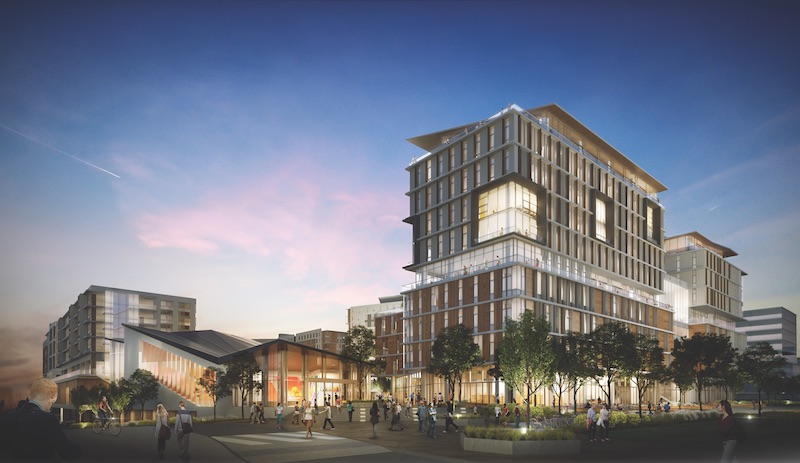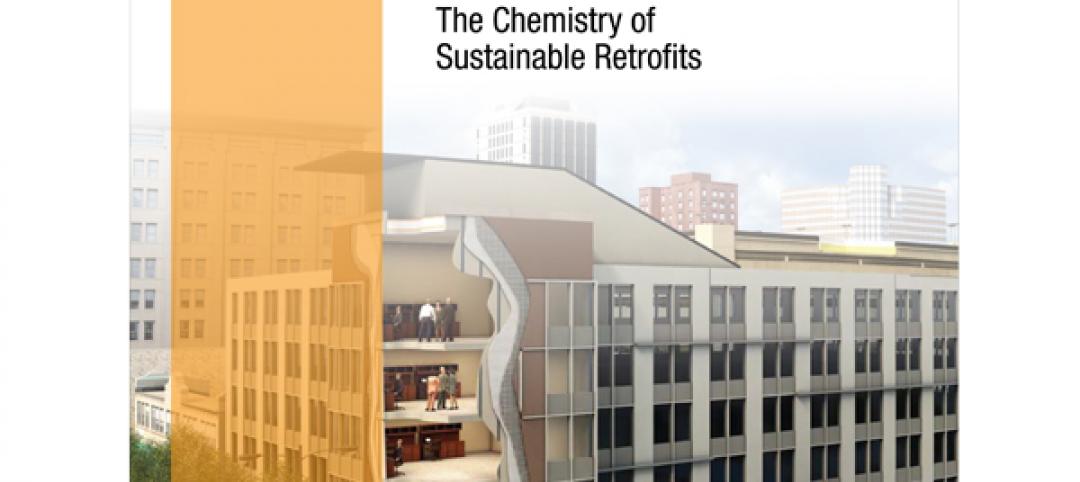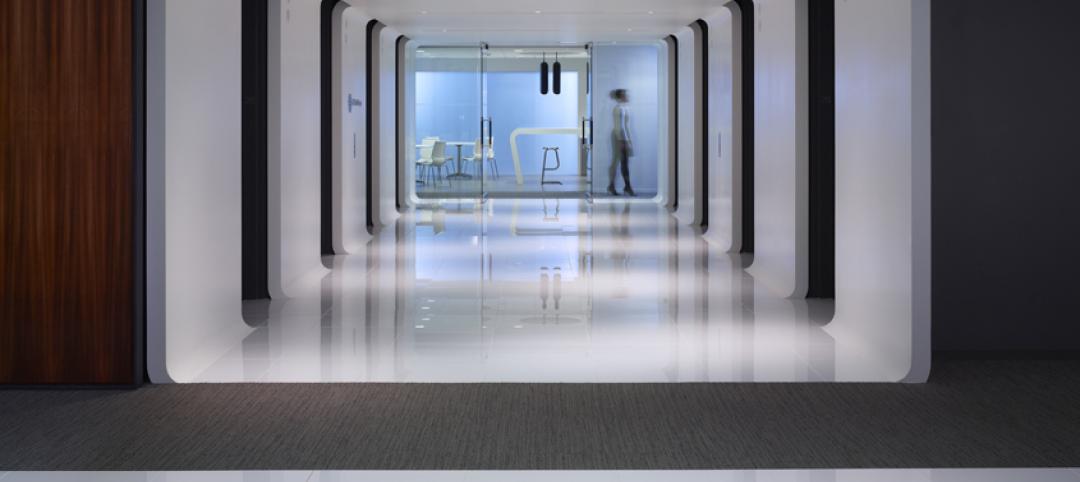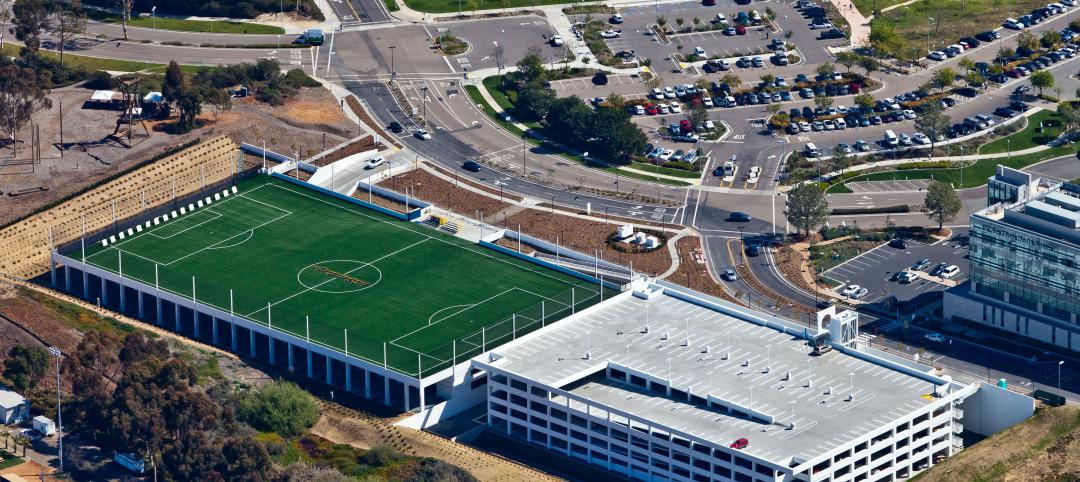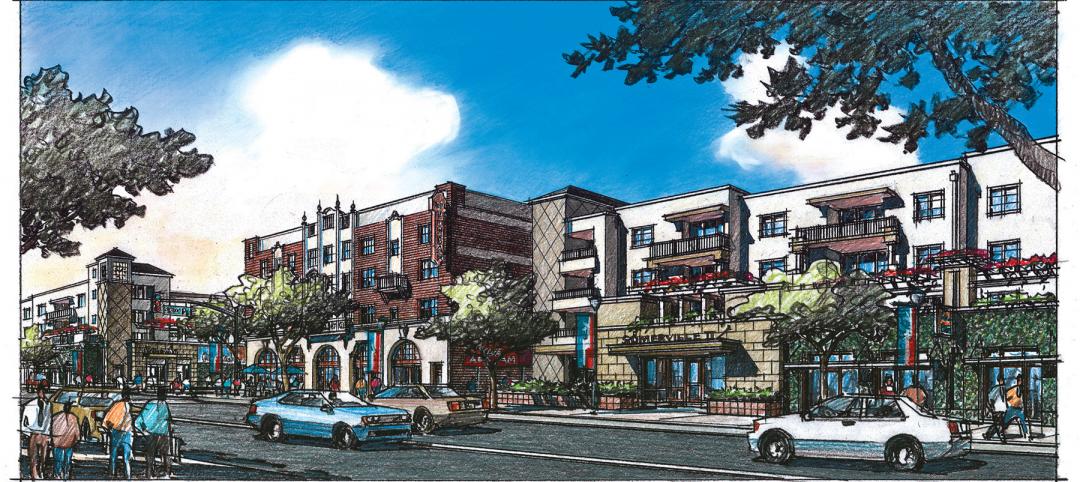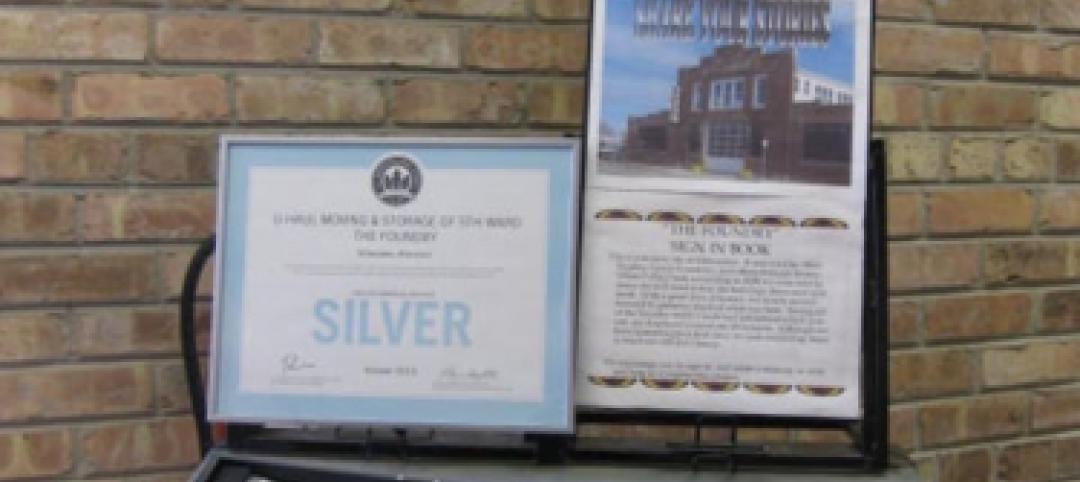Cities and counties around the country are taking sustainability to new heights—and architecture firms are helping them raise the stakes in green design. San Diego and New York are among a growing number of local jurisdictions that are expanding the scope of their energy- and water-use requirements for new construction. The County of San Diego has committed to making all new buildings achieve zero net energy—preferably to produce more energy than they consume through on-site energy generation.
In New York City, staff members at architectural firm FX Collaborative (formerly FXFowle) are actively involved in various task forces related to green building codes and policy. Lately, the focus has been on setting energy use intensity, or EUI, targets for buildings, as opposed to energy cost savings, which is the metric used by LEED and municipal energy codes, says Ilana Judah, AIA, OAQ, LEED AP BD+C, CPHD, FX Collaborative’s Principal and Director of Sustainability. The city recently passed a law that will grade a building’s performance and require the owner to post the grade in a highly
visible location.
Energy-efficiency requirements are getting tougher. Strategies that once were optional are now being incorporated into building and energy codes. Massachusetts now requires multifamily residential buildings in designated Green Communities to comply with higher HERs ratings, Energy Star certification v3.1, or Passive House certification PHIUS+ 2015.
See Also: Top 160 Green Building Architecture + AE Firms
Linda Toth, a Sustainability Specialist in Gensler’s Washington, D.C., office, says a growing number of jurisdictions in every climate zone have green-building mandates coming down the pike for net-zero and net-zero-capable projects. D.C. is currently working on plans to be one of the first municipalities to require net-zero energy for all new residential and commercial construction by 2026, as outlined in the District’s 2016 Clean Energy DC agenda.
Add to that Climate Ready DC, the District’s latest plan to adapt to changing climatic conditions that could produce dangerous heat waves, more severe storms, and drastic flooding that could impact the city’s many historic buildings as well as newer structures. Among the smart-building means to help achieve this goal: high-performing building enclosures, redundant energy and water systems, and correct siting of mechanical systems.
One new form of energy regulation is so-called solar carve-outs, which set specific goals for electricity generated from solar panels. According to the Database of State Incentives for Renewables & Efficiency (DSIRE, at bit.ly/2I5mXxu), 22 states and D.C. have set renewable portfolio standards with solar or distributed-generation provisions. The District of Columbia wants to generate the equivalent of 5% of its buildings’ energy consumption from solar by 2032.
NEW RATINGS SCHEMES SPROUTING UP
In today’s policy climate, “building green” extends well beyond reducing a structure’s carbon footprint. “Energy and water efficiency are great catalysts for larger conversations around sustainability and resilience,” says Benjamin Holsinger, a Sustainability and Wellness Consultant in Gensler’s Washington, D.C., office.
While LEED continues to be the most commonly used framework for green buildings, it’s no longer the only show in town. Design firms are finding that clients are starting to include newer rating systems like SITES, Envision, Fitwel, WELL, and Parksmart in their project requirements.
Last year, The Miller Hull Partnership, a Seattle-based architecture firm, led a so-called Progressive Design-Build team—Arup, KPFF Consulting Engineers, GGN (landscape architect), O’Brien & Company (sustainability consultant), and Mortenson Construction—on the University of Washington’s West Campus Utility Plant. The $35 million facility provides 4,500 tons of chiller capacity and six megawatts of emergency power; it can reach 10,500 tons of chiller capacity and 12 MW of emergency power without modifying the building.
The project achieved Envision Gold Certification from the Institute of Sustainable Infrastructure, the first Envision-certified project at the University of Washington and the first university building in the U.S. to be Envision-certified. Envision is an independent third-party rating system designed specifically to evaluate, grade, and recognize sustainable infrastructure projects.
PASSIVE MEASURES GAINING TRACTION
Clients are pressing their design firms to verify that buildings will perform as promised. To that end, FX Collaborative’s Judah is convinced that passive building practices could be “the future of green building.”
This possibility is already evident on certain academic campuses. In Maine, six of the eight commercial passive house projects that have been built or planned are at private schools. One of these institutions, Bowdoin College, was scheduled to start four residence halls—a total of 47,877 sf of construction—that will comply with Passive House performance requirements. Earlier this year, HKS Architects, in partnership with Clark Construction, broke ground on the University of California, San Diego’s Living and Learning Neighborhood at North Torrey Pines, a seven-building, 1.5-million-sf mixed-use complex. Its passive features range from operable windows for natural ventilation to a modular micro-aerobic digester that will process food waste into biogas and fertilizer for community gardens.
Clients are increasingly engaged with wellness in design, thanks in part to the rollout of LEED v4. They are also expressing greater familiarity with new rating systems, notably the WELL Building Standard, Fitwel, and the Living Building Challenge. They are seeking to go beyond ASHRAE’s minimal ventilation rates and to reduce their use of materials with chemicals of concern.
Gensler has created its proprietary WorkWell methodology. According to Gregory Plavcan, an Associate and Sustainability Specialist, WorkWell gives Gensler’s designers a greater insight on ways to incorporate a client organization’s core values into its wellness regimen.
Related Stories
| Mar 12, 2012
Improving the performance of existing commercial buildings: the chemistry of sustainable construction
Retrofitting our existing commercial buildings is one of the key steps to overcoming the economic and environmental challenges we face.
| Mar 6, 2012
Gensler and Skender complete new corporate headquarters for JMC Steel in Chicago
Construction was completed by Skender in just 12 weeks.
| Mar 6, 2012
Joliet Junior College achieves LEED Gold
With construction managed by Gilbane Building Company, Joliet Junior College’s Facility Services Building combines high-performance technologies with sustainable materials to meet aggressive energy efficiency goals.
| Mar 2, 2012
By the Numbers
66 skyscrapers to built in China over six years; 1,000 questions in the Modern Architecture game; 21,000 new jobs.
| Mar 1, 2012
AIA: A clear difference, new developments in load-bearing glass
Earn 1.0 AIA/CES learning units by studying this article and successfully completing the online exam.
| Mar 1, 2012
Bomel completes design-build parking complex at U.C. San Diego
The $24-million facility, which fits into a canyon setting on the university’s East Campus, includes 1,200 stalls in two adjoining garages and a soccer field on a top level.
| Mar 1, 2012
Reconstruction of L.A.’s Dunbar Hotel underway
Withee Malcolm Architects’ designs for the project include the complete renovation of the Dunbar Hotel and the Somerville Apartments I and II.
| Feb 28, 2012
Roofing contractors recognized for workmanship
Sika Sarnafil announces Project of the Year winners; competition highlights visually stunning, energy efficient, and sustainable roofs.
| Feb 26, 2012
Milwaukee U-Haul facility receives LEED-CI Silver
The new elements of the facility now include: efficient lighting with day-lighting controls and occupancy sensors, a high-efficiency HVAC system used in conjunction with a newly constructed thermal envelope to help reduce energy consumption, and the installation of low-flow fixtures to reduce water consumption.
| Feb 22, 2012
Siemens earns LEED certification for Maryland office
The Beltsville facility, which also earned the ENERGY STAR Label for energy performance, implemented a range of energy efficiency, water conservation and sustainable operations measures as part of the certification process.


